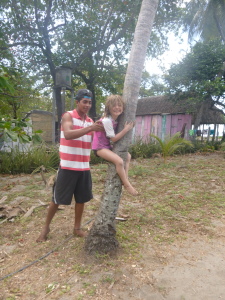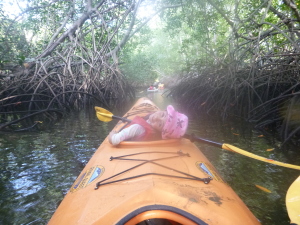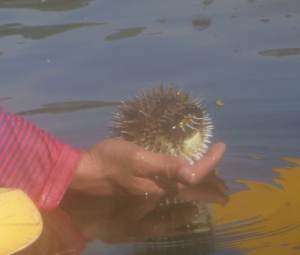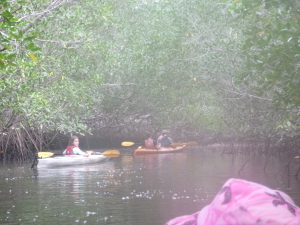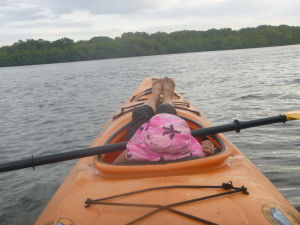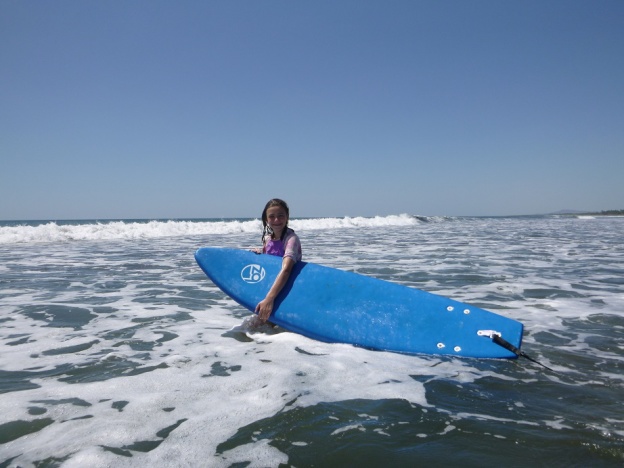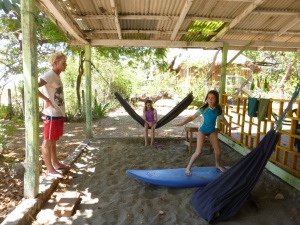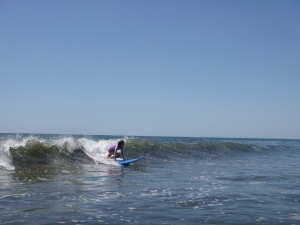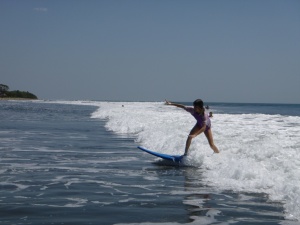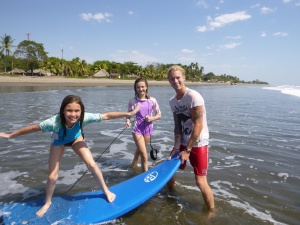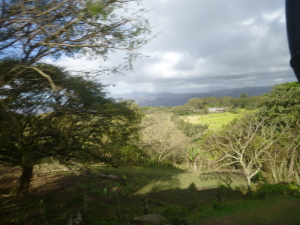
Beautiful views of La Miraflor as we head for Esteli.
We started yesterday in the grey mist of a Miraflor morning. One last batch of pancakes, then a short walk to the main road for the 6:30 bus back down towards sea level. Despite multiple offers of substantial money — up to $70 that we would have split equitably with our friend and fellow Lindos Ojos guest Senor Joe — our hosts could not find anyone with a pickup truck who wanted to bring us to Esteli. I even heard Marcial call out to one friend in a coffee finca while we rode past on our horses the other day, but the friend’s truck was out of commission, or so the friend claimed.)
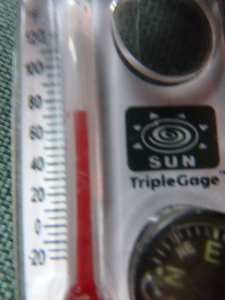
Zoe’s LL Bean thermometer, compass, magnifying glass zipper pull is being a little generous here. It was in the low 60s when we started our trip.
That means we sat at the bus stop with six legs of transportation between us and our hotel in Granada. At least we hope it was our hotel. Without Internet (and without cell phone service due to the poor communication skills of Mobal International Telephones) we had to ask the finca’s owner Katharina to call hotels for us when she went home to Esteli on Sunday. She sent back a note with her ever-dutiful daughter that said Granada was almost full, but there was a hotel with room of five. We would have to call and confirm before we got on the bus in Esteli.
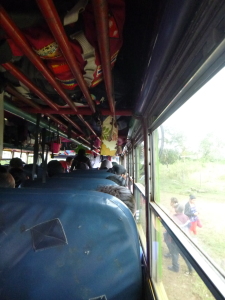
One hint that my backpack made it inside the bus: the Main Street Makery luggage tag hanging from the overhead rack.
Leg 1: Although there would be an express bus later in the morning, we chose the 6:30 bus because it was more likely to have space for all five of us (six counting senor Joe) and our luggage. We get up early here anyway, and we pack up quickly. Not only did we not have trouble finding seats, our luggage got to ride with us in the main cabin. (You may remember that my backpack had to ride on top of the bus on the way up to La Miraflor.)
Two and half hours later, leg one was complete. In the hubbub of the Cotran Norte bus terminal — very near the spot where Jen was kidnapped a few days before — we tried to reach the Granada hotel on Katharina’s daughter’s cell phone. Nobody answered. Cue suspenseful music.
Leg 2: Ok, now back to the peppy Benny Hill music to accent our travels. A short walk out of the terminal to a crosswalk on the Pan American Highway. A man assured us that the cars would let us cross if we started walking into the road. Miraculously, no one even beeped. A small taxi stopped for us, even though the taxista’s girlfriend was taking up the passenger seat. All five of us sat in the back this time. The drive is only about a kilometer. It costs 40 $C. Why does every city in Nicaragua need multiple bus terminals? The taxi lobby must be very strong.
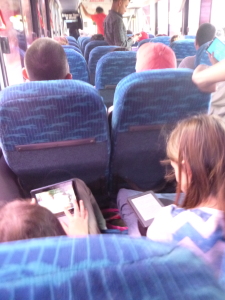
Greyhounds on the seat covers — a true mark of luxury.
Leg 3: A man in the Cotran Sur Terminal seemed interested in giving Jen a ride to Managua, then he saw the girls and me and pointed us to the ticket window. We bought tickets for 70 $C per person. The local to Managua was just about to pull out. No way, buddy. Tickets for us. Individual seats. Baggage storage below. An hour more of our lives to enjoy at the end of line.
We decide to break a $20 bill by buing something to eat in the well-appoined terminal. A few pieces of pound cake, a few tortas filled with pina and three packets of Ritz crackers peanut butter sandwiches leave us with plenty of change.
The seats on the bus recline and they even have arm rests. Observant passengers notice the cloth seat covers feature a greyhound pattern. No retired school bus this time.
We’re in Managua in just over two hours.
Leg 4: A few steps outside of our greyhound charriot, Jen encountered a taxista who could take us cross town to the Granada buses. But why not let him take us all they way to Granada? He offered $50. Jen declined. He comes down to $40. Legs five and six of our journey vanished into the air.
One of the nice things about taxi rides, and this should really be factored into the price, is that they become a Spanish lesson for me. I sit up front with the driver and we chat for a while. It’s great practice with a captive audience. The taxistas tend to speak a brand of Spanish that is more opaque to me than the Spanish our Mariposa professors used, and it’s a lot closer to what people speak on the street. I nod my head a lot and say, “Si. si.” Chances are that’s appropriate.
This ride was only an hour but taxista Edgar was amiable and informative. He drove us through the tony Managua neighborhood where foreign diplomats live. He pointed out the huge estate of a former finance minister who has opened up a chain of Walmart-like stores in Nicaragua in his retirement. I saw a fortaleza on top of a mountain that the Sandanistas liberated and turned into a boy scout camp. We looked out over the Laguna de Apollo from the opposite side from where we swam.
Edgar almost met his match finding our hotel, but after asking directions several times he got us there. Then he gave us his number in case we were ever in Managua again. And he took our names and phone number, too. Who knows when he’s going decide to go New England? I think he even gave his number to the clerk at our hotel. Edgar really gets around.
And guess what — it turned out to be our hotel after all. My new friend Mario had a room for five ready for us, with a/c and breakfast included. A big hurrah for the Posada San Jose, two blocks south of the cathedral in Granada, Nicaragua.
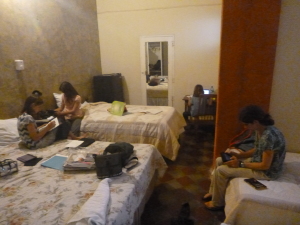
In the welcoming embrace of strong wifi.
Everyone quickly settled into the free wifi, but Mario suggested I go across the street to the Corral Restaurant (where, as guests of the Posada San Jose, we get 10 percent off) and watch the Champeons’ League match between Real Madrid — Mario’s favorite team — and Schalke from Germany. I only watched one half but there was plenty of scoring and the beer only cost 28 $C. It was a fine way to spend part of the two hours we gained through greyhound buses and direct taxis.
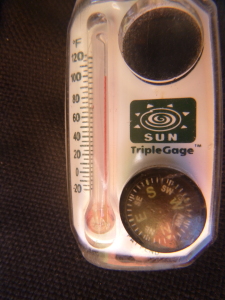
In Granada later in the day, it got well into the 90s.
Aside from the wifi and European soccer, Granada offers us many other luxuries. We noticed one of them as Edgar picked his way through the city. It was a laundromat and it will charge us by the pound to do our washing. Our clothes are certainly dirty, the only question is how much it will set us back to get it done.
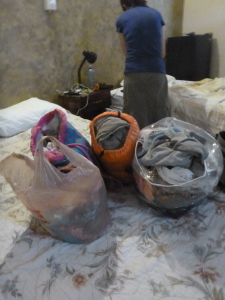
How heavy does this laundry look to you?
What do our blog readers think? How many pounds of dirty clothes can a family create over two days in Leon, two days in Esteli and four days in La Miraflor? Post your guesses here or on Facebook. The person with the closest guess will get his or her name published in our blog in the form of a fictional Nicaraguan who crosses our path. and touches our lives forever.
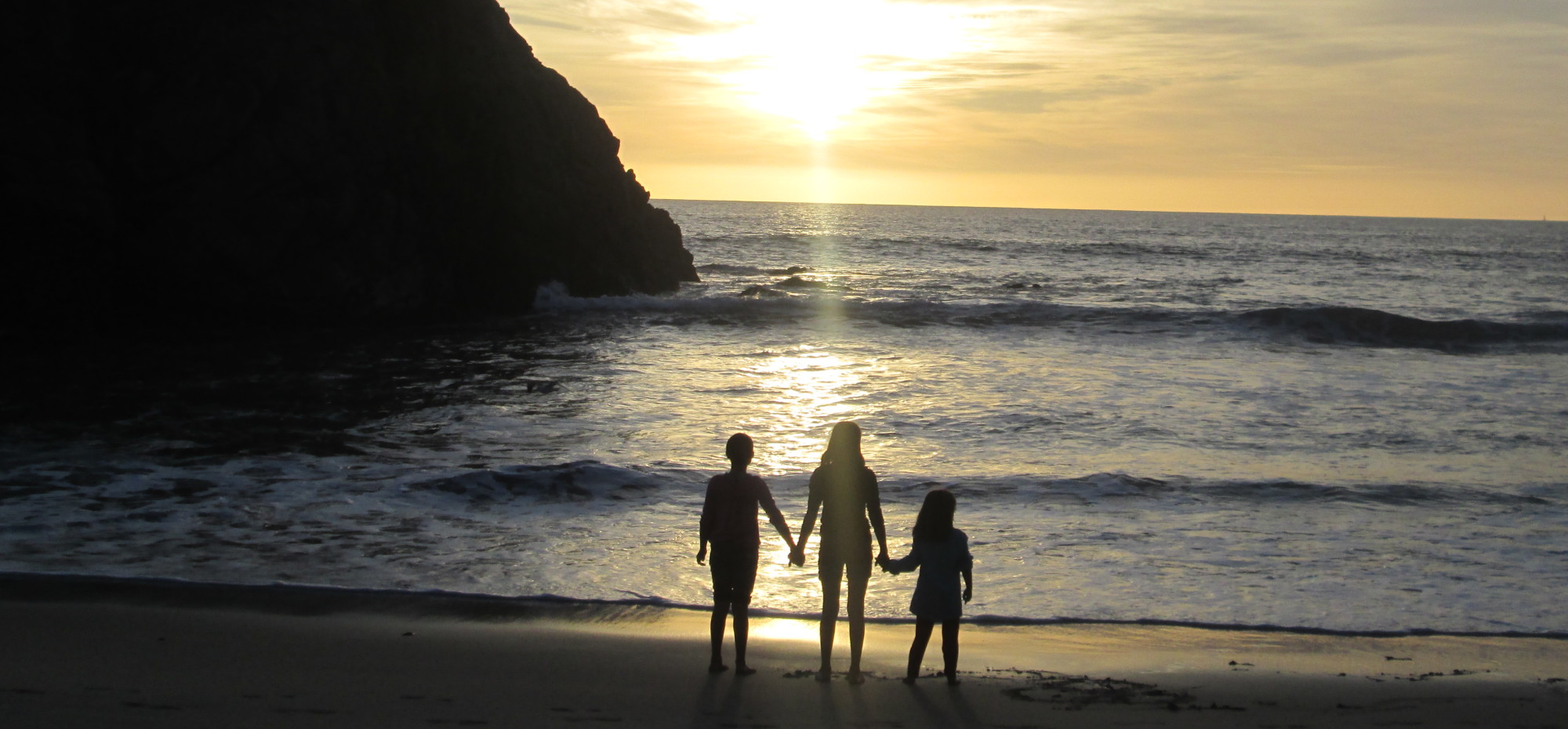
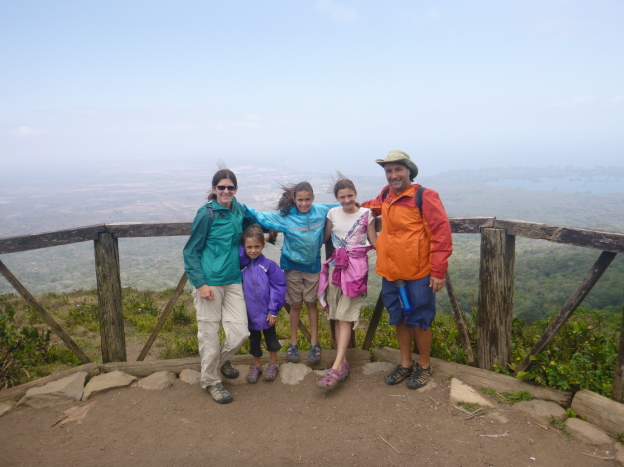
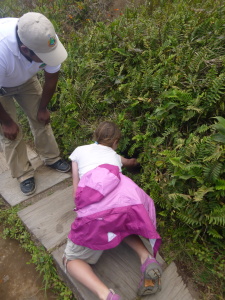
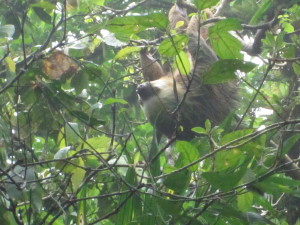
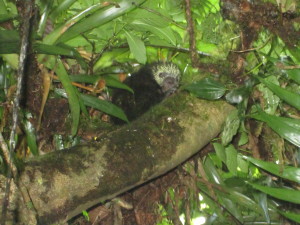
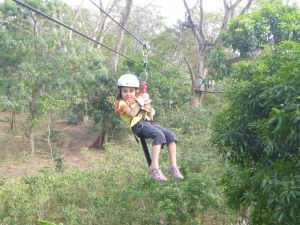
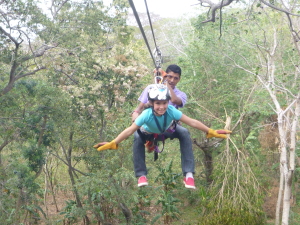
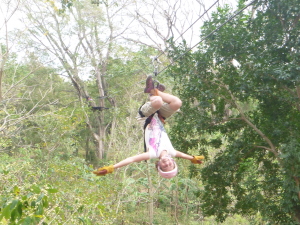
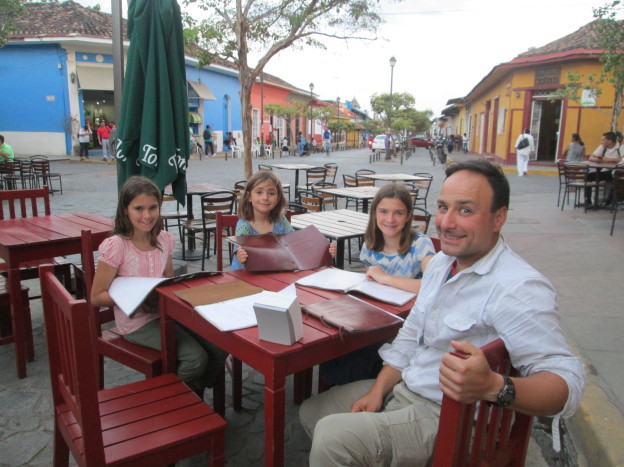
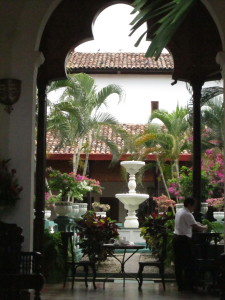
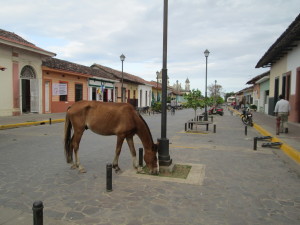
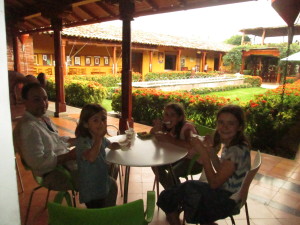
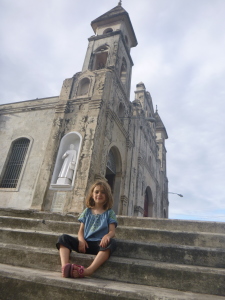
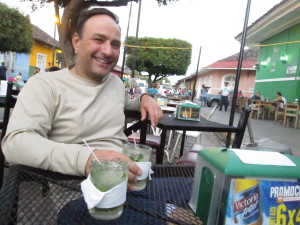
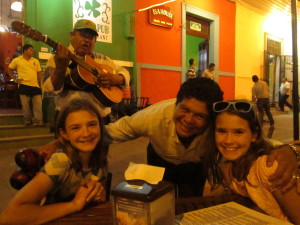
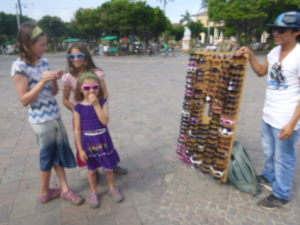 My instinct is to ignore things like this, assuming they either want to sell us something or somehow get our money, but luckily Bob has more faith in humanity. He said “yes” to the man, who then helpfully told us that we should take a left at the next corner since the bus station is hard to find. Not an experience I’ve ever had in an American city!
My instinct is to ignore things like this, assuming they either want to sell us something or somehow get our money, but luckily Bob has more faith in humanity. He said “yes” to the man, who then helpfully told us that we should take a left at the next corner since the bus station is hard to find. Not an experience I’ve ever had in an American city!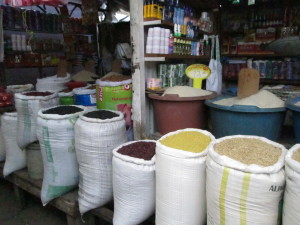
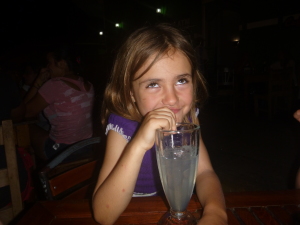
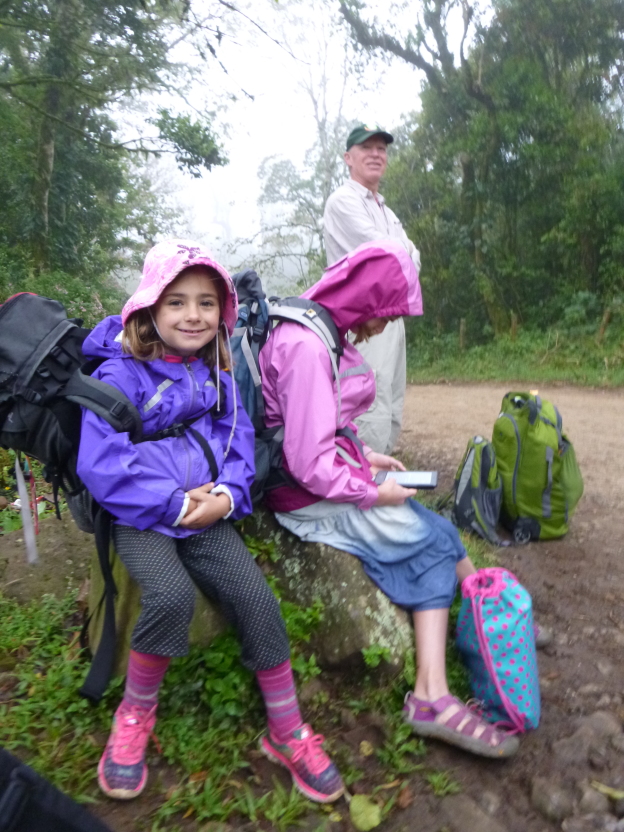







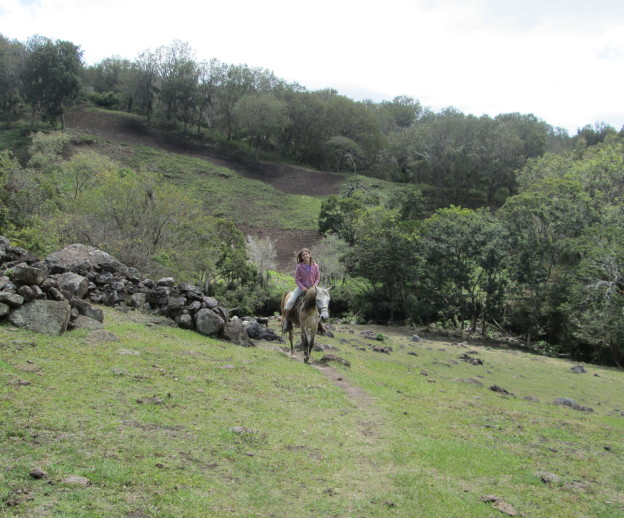
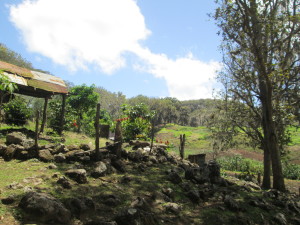
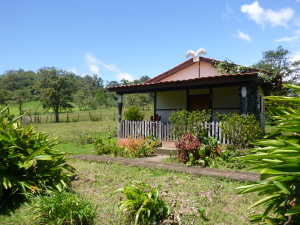
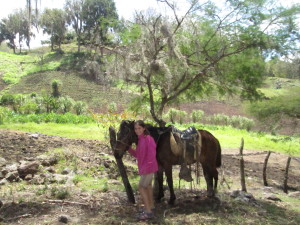
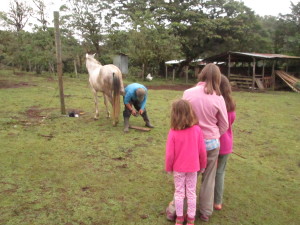
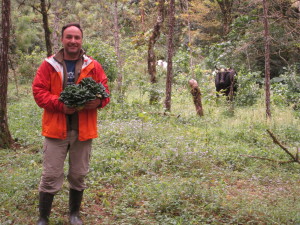
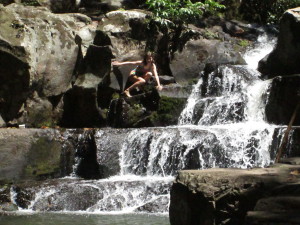 eventually to a lovely waterfall nestled into the woods. There is a very deep pool at the base of the falls for swimming — but alas, the water comes from mountain streams and is very cold. Only Zoe was brave enough to jump into the pool, and even she only did it once.
eventually to a lovely waterfall nestled into the woods. There is a very deep pool at the base of the falls for swimming — but alas, the water comes from mountain streams and is very cold. Only Zoe was brave enough to jump into the pool, and even she only did it once.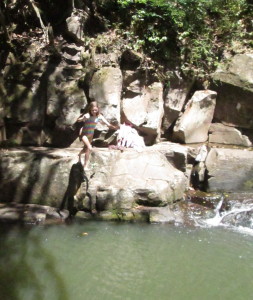
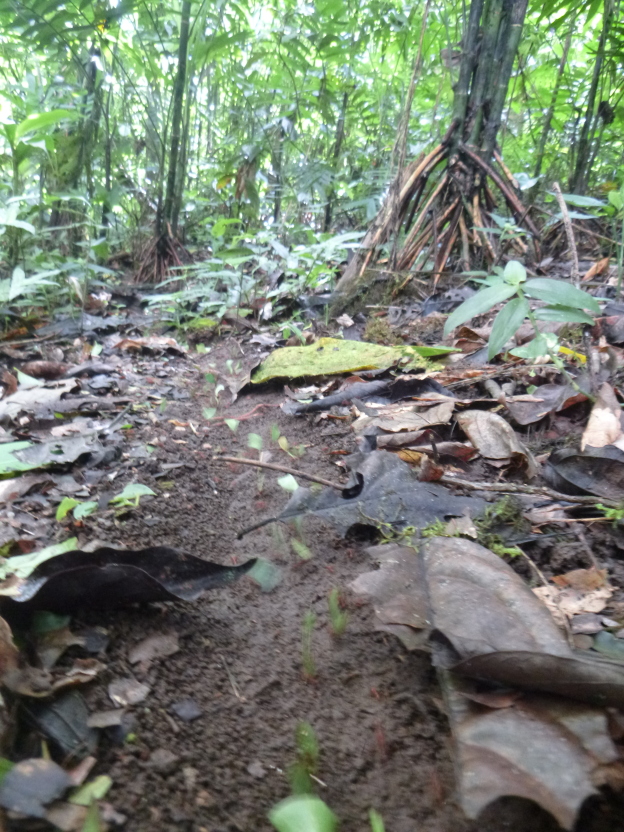
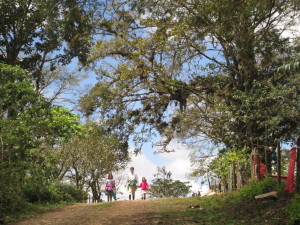
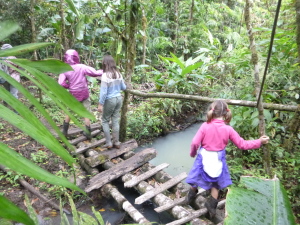
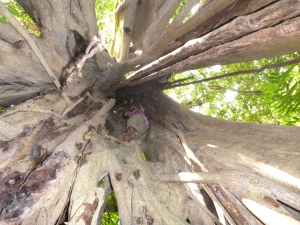
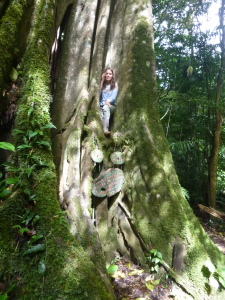
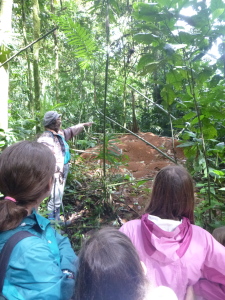
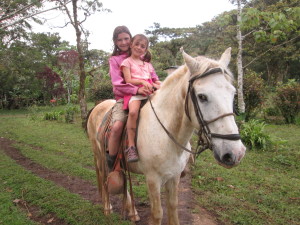
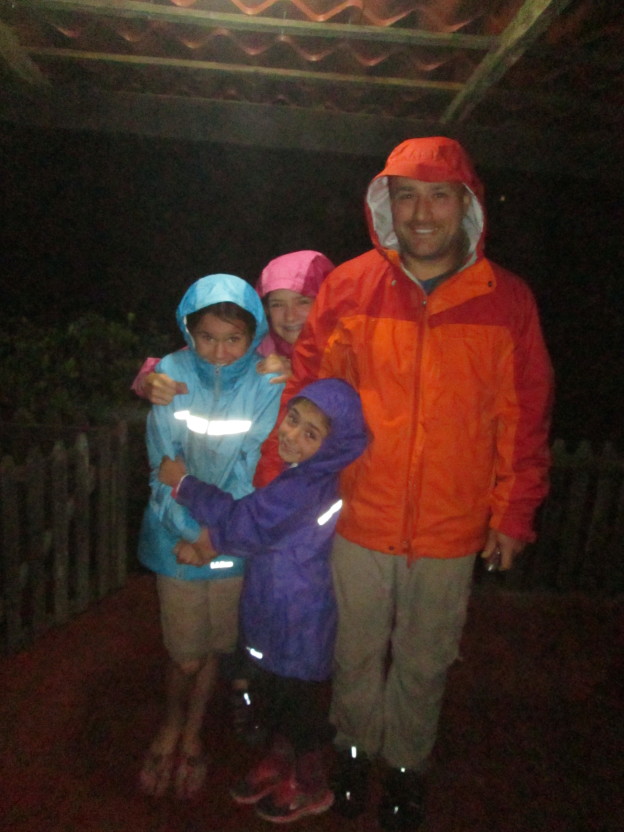
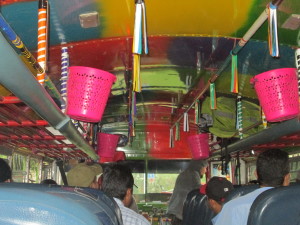
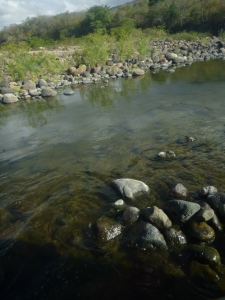
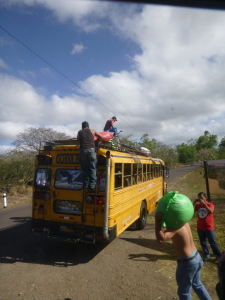
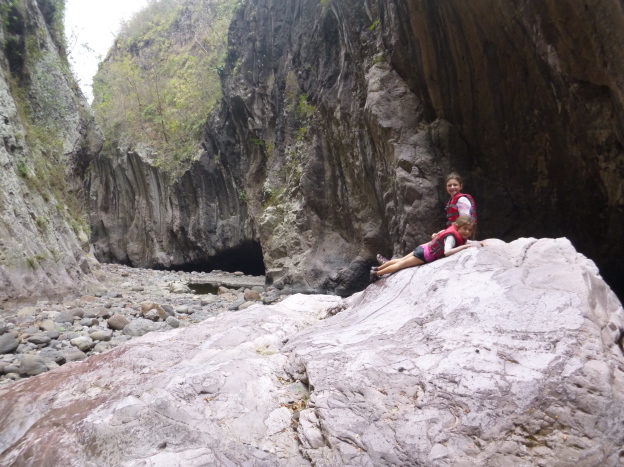
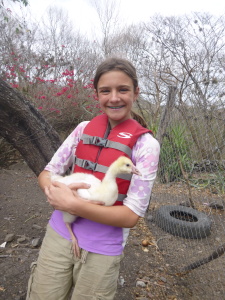
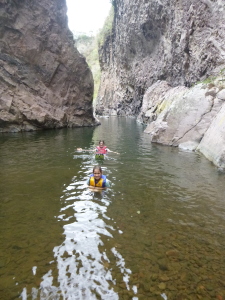
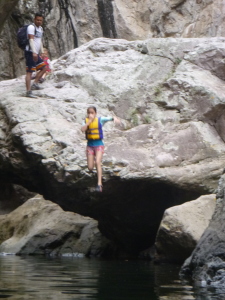
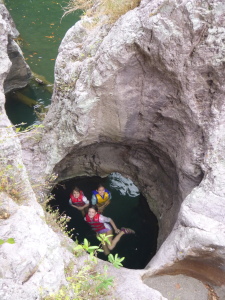
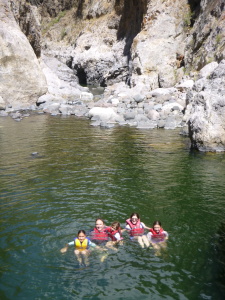
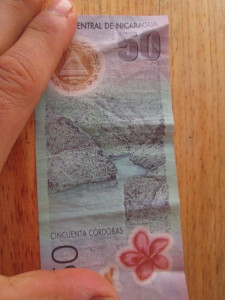
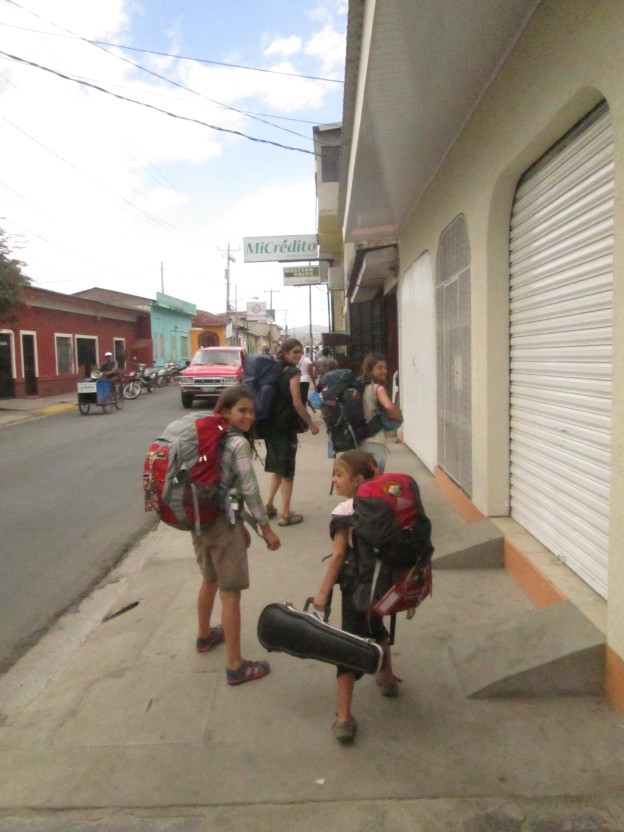
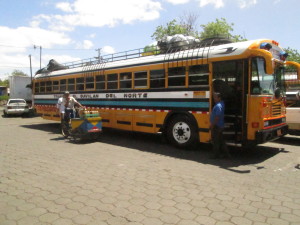 You tend to imagine, if you’re traveling through a foreign third-world country where you have no previous acquaintances, that you have a certain degree of anonymity. You could do anything and be anyone! However, if you’re traveling with your three children, you might want to think again.
You tend to imagine, if you’re traveling through a foreign third-world country where you have no previous acquaintances, that you have a certain degree of anonymity. You could do anything and be anyone! However, if you’re traveling with your three children, you might want to think again.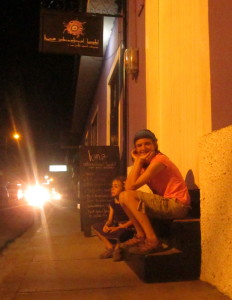
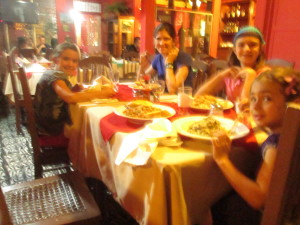
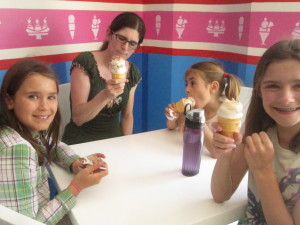
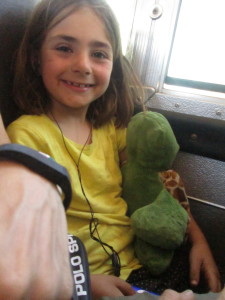
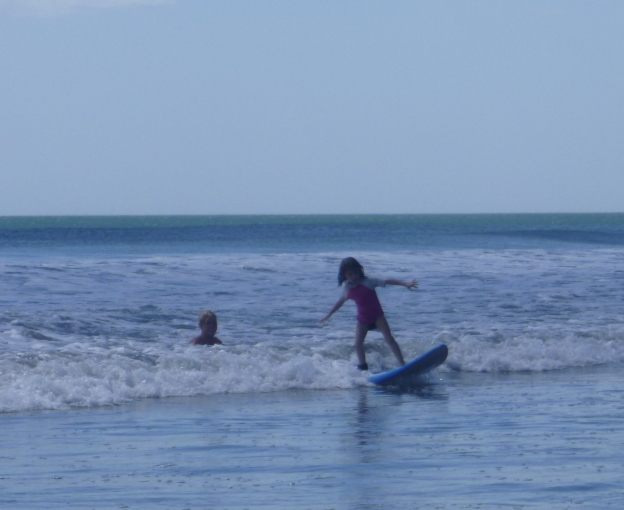
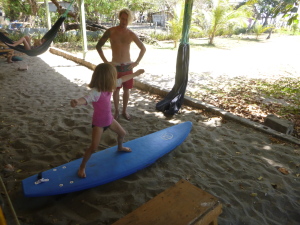
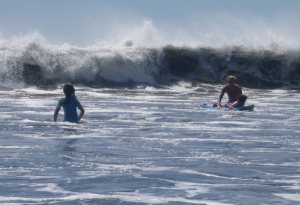
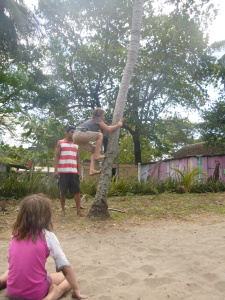
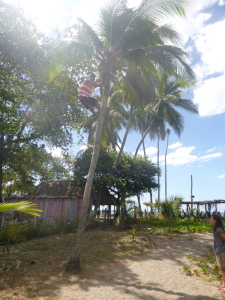 We also worked in a brief coconut tree climbing class. Brief because the girls gave up rather rapidly. Ross had warned us that the success rate was pretty much nil, but we told him not to count out Zoe. Turns out she wasn’t feeling well that afternoon, though, so she wasn’t in tiptop form. The teacher of the class made it look so easy, though. Our consolation prize was three fresh-picked (by him) coconuts.
We also worked in a brief coconut tree climbing class. Brief because the girls gave up rather rapidly. Ross had warned us that the success rate was pretty much nil, but we told him not to count out Zoe. Turns out she wasn’t feeling well that afternoon, though, so she wasn’t in tiptop form. The teacher of the class made it look so easy, though. Our consolation prize was three fresh-picked (by him) coconuts.